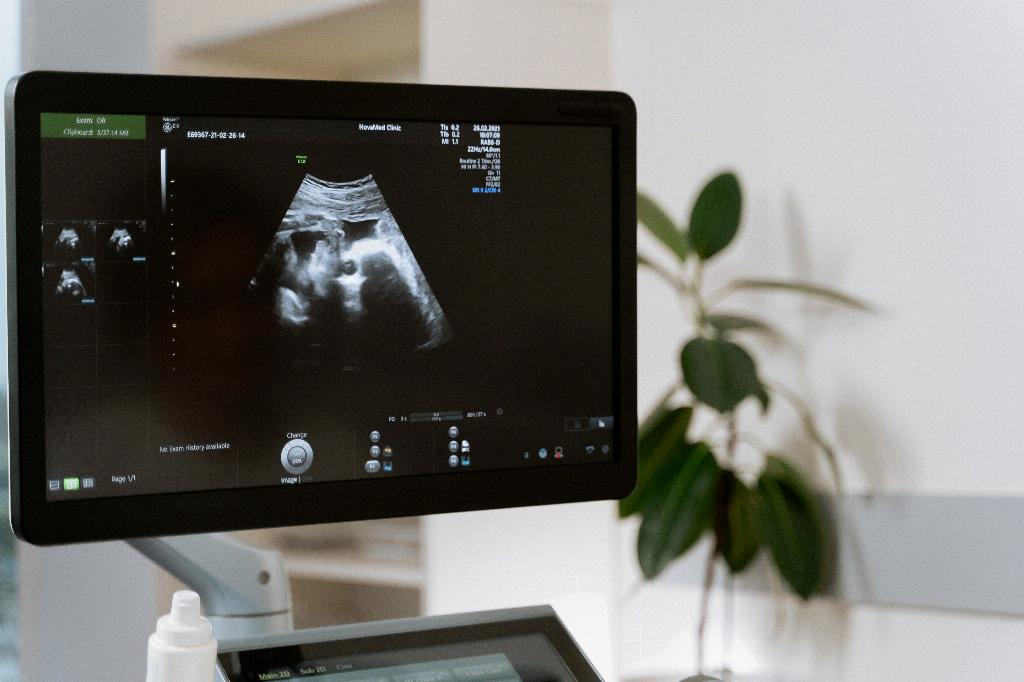When it comes to a pelvic exam, understanding the process is crucial for ensuring overall health and well-being. This routine procedure is designed to assess the health of a woman’s reproductive organs, such as the vulva, vagina, cervix, uterus, fallopian tubes, ovaries, and rectum. It is an essential part of preventive healthcare that helps detect any potential issues early on.
Starting the Exam
The exam typically begins with a visual inspection of the external genitalia, known as the vulva. During this part of the exam, the healthcare provider checks for any abnormalities like redness, swelling, sores, or unusual growths. It sets the foundation for the examination and provides valuable information about the individual’s reproductive health.
Utilization of a Speculum
Following the initial visual inspection, a speculum is gently inserted into the vagina. The speculum is a medical instrument that allows the healthcare provider to widen the vaginal walls, providing them with a clear view of the vagina and cervix. This part of the exam helps in assessing the health of the reproductive organs and identifying any abnormalities.
Examining the Vagina and Cervix
With the aid of the speculum, the healthcare provider examines the vaginal walls and the cervix. They look for any signs of infection, inflammation, unusual discharge, or abnormalities on the cervix. This thorough examination is essential for early detection of conditions such as cervical cancer or sexually transmitted infections.
Pap Smear
During the pelvic exam, a healthcare provider may also perform a Pap smear, which involves collecting cells from the cervix to screen for cervical cancer. This simple test is a critical part of preventive care for women and can help detect any precancerous or cancerous changes in the cervix at an early stage.
Evaluating the Uterus and Ovaries
Once the cervix has been examined, the healthcare provider proceeds to assess the uterus and ovaries. Using their hands, they gently feel the uterus and ovaries to check for any abnormalities, such as lumps, cysts, or tenderness. This part of the exam provides valuable insights into the health of these organs and can help detect conditions like fibroids or ovarian cysts.
Rectal Exam
In some cases, a pelvic exam may also include a rectal exam to check the rectum for any abnormalities. While this part of the exam may be uncomfortable, it is an essential aspect of assessing the overall health of the reproductive and digestive organs in the pelvic region.
Discussion and Education
Throughout the pelvic exam, the healthcare provider may discuss any concerns or questions the individual may have regarding their reproductive health. It is an opportunity for education and empowerment, ensuring that the individual understands the importance of regular pelvic exams and preventive healthcare practices.
Importance of Regular Pelvic Exams
Regular pelvic exams are vital for maintaining overall reproductive health and screening for potential issues early on. By undergoing routine pelvic exams, individuals can detect conditions like cervical cancer, sexually transmitted infections, and other reproductive abnormalities at an early stage, improving treatment outcomes and prognosis.
Comfort and Communication
Throughout the pelvic exam, healthcare providers prioritize the individual’s comfort and well-being. It is essential to communicate openly with the healthcare provider, voice any concerns or discomfort experienced during the exam, and seek clarification on any aspect of the procedure. Building a trusting relationship with the healthcare provider is key to ensuring a positive and empowering pelvic exam experience.
Conclusion
In conclusion, a pelvic exam is a vital component of preventive healthcare for women, offering valuable insights into the health of the reproductive organs. By understanding the process and importance of pelvic exams, individuals can take proactive steps towards maintaining their reproductive health and well-being. Regular pelvic exams, along with open communication with healthcare providers, play a crucial role in early detection and treatment of reproductive health issues.

